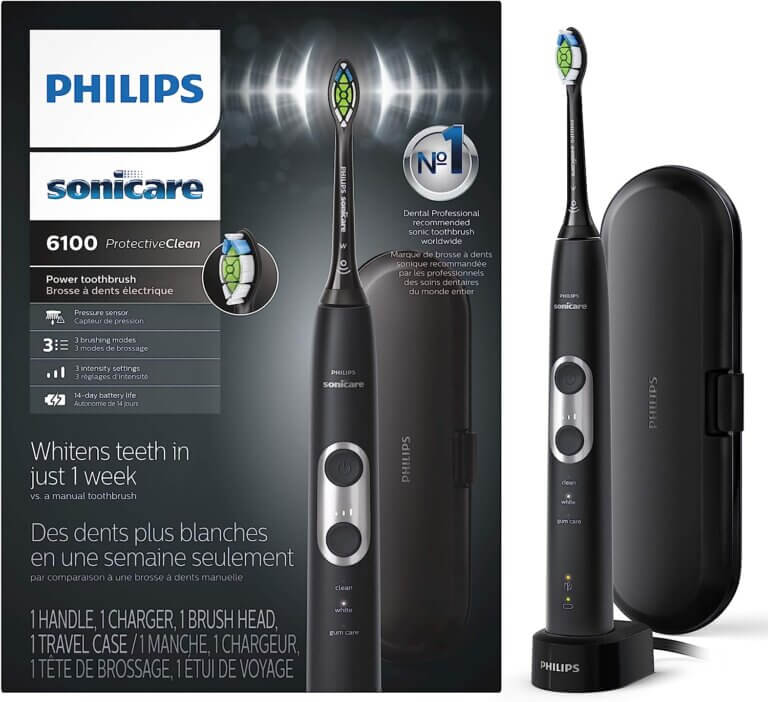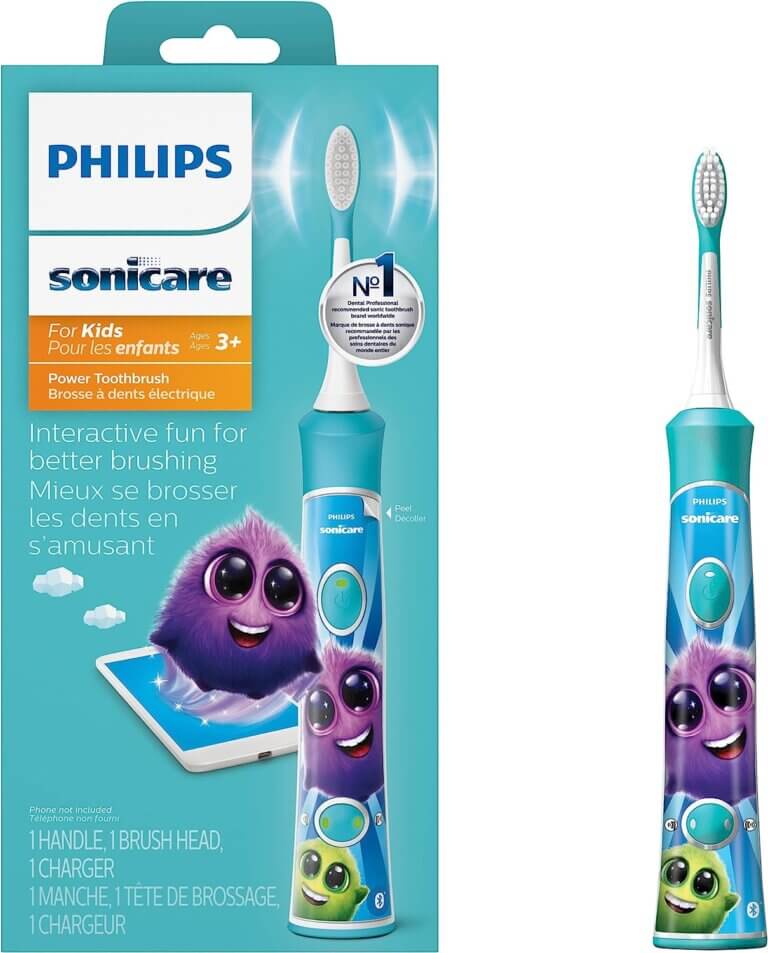How to Choose the Best Electric Toothbrush for Your Dental Needs
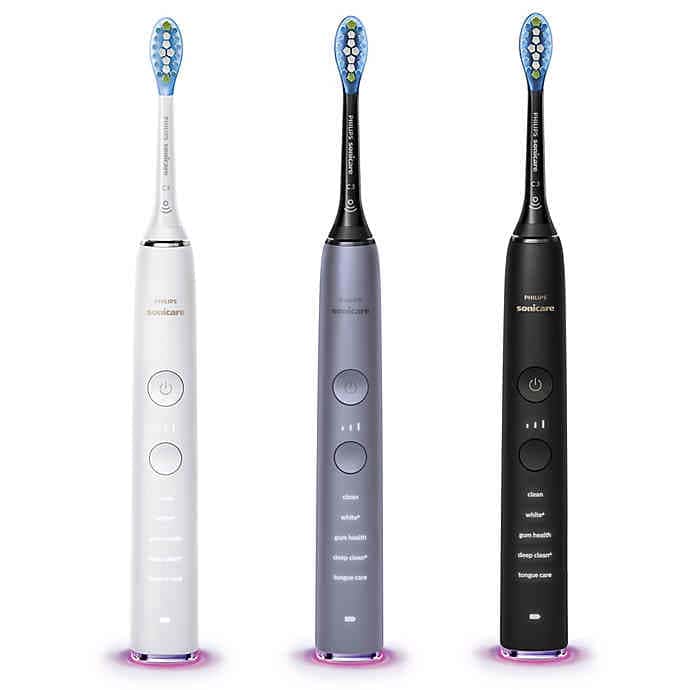
What Is an Electric Toothbrush?
An Electric Toothbrush, or power brush, is a device designed to make brushing easier and more effective. Unlike manual toothbrushes, which rely on your hand movements to brush effectively, electric toothbrushes use oscillating, rotating, or sonic vibrations to clean your teeth with minimal effort.
Electric toothbrushes vary in size, shape, and features. Some models rotate, others use sonic vibrations, and many come with helpful features like timers, pressure sensors, and various brush modes. While electric toothbrushes generally cost more than manual options, they offer significant benefits like improved plaque removal, reduced risk of gum disease, and a more enjoyable brushing experience.
With so many options on the market, finding the best electric toothbrush for your specific dental needs can feel overwhelming. Before you visit your local pharmacy to buy Electric Toothbrush, there are some things you should know as a dental patient:
- Benefits of Using an Electric Toothbrush
- How to Use an Electric Toothbrush Correctly
- How Often Should You Use an Electric Toothbrush?
- Choosing the Right Electric Toothbrush for Your Needs
- Our Top Electric Toothbrush Recommendations
- Alternatives to Using An Electric Toothbrush
If you have questions about Electric Toothbrush or if you need additional dental hygiene tips, please contact us for more information.
Benefits of Using an Electric Toothbrush
If you’re wondering whether an electric toothbrush is right for you, here are some compelling reasons to consider making the switch:
- More Effective Cleaning: The high-speed movements of an electric toothbrush help clean hard-to-reach areas and remove more plaque and bacteria than a manual toothbrush.
- Easier for Those with Mobility Issues: People with conditions affecting dexterity, such as arthritis, find electric toothbrushes easier to use, as the brush does much of the work.
- Improved Gum Health: Electric toothbrushes gently clean along the gum line, reducing the risk of gum disease and preventing gum recession.
- Built-In Timers for Optimal Brushing Time: Many electric toothbrushes come with built-in timers that ensure you brush for the dentist-recommended two minutes.
- More Enjoyable Brushing Experience: Electric toothbrushes are fun to use, especially for children, as they come in various colors and designs, and some even play music.
An electric toothbrush can help improve your oral hygiene, make brushing easier and more enjoyable, and reduce the risk of gum disease. If you’re looking for an effective and efficient way to keep your teeth and gums healthy, an electric toothbrush is a great investment.
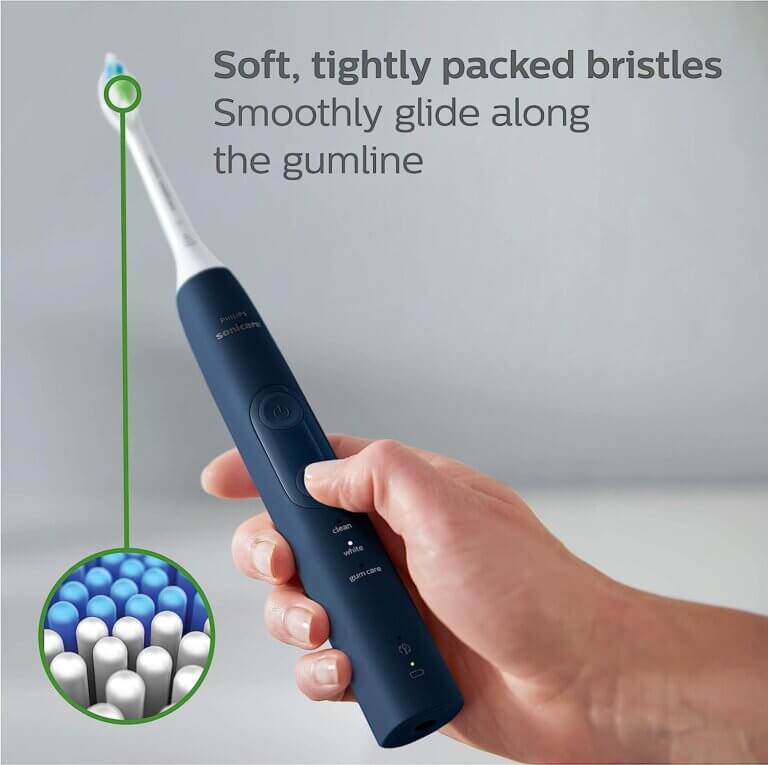
How to Use an Electric Toothbrush Correctly
Using an electric toothbrush effectively can make a big difference in your oral hygiene. Here’s a step-by-step guide:
- Wet the Bristles: Before applying toothpaste, wet the bristles to help spread the paste evenly.
- Apply a Small Amount of Toothpaste: Use a pea-sized amount; too much can create excessive foam and reduce brushing effectiveness.
- Turn On and Start Brushing: Place the brush head on your teeth, then turn on the toothbrush. Let the bristles do the work—applying too much pressure can damage gums.
- Brush for Two Minutes: Follow the built-in timer (if available), spending 30 seconds on each quadrant of your mouth.
- Rinse and Store: Rinse the brush head under water and allow it to air dry before storing.
Tip: Replace the brush head every three months or sooner if the bristles appear worn. Regular replacement ensures optimal cleaning.
How Often Should You Use an Electric Toothbrush?
Maintaining a consistent brushing routine is essential for good oral hygiene. Here’s what dentists recommend:
- Brush Twice a Day: Aim to brush every morning and evening for at least two minutes each time.
- Brush After Meals When Possible: Brushing after meals helps remove food particles and bacteria that contribute to plaque buildup and tooth decay.
- Use Mouthwash or Rinse When Brushing Isn’t Possible: If brushing isn’t practical, such as during the workday, rinsing with water or mouthwash can help reduce bacteria and freshen breath.
By using your electric toothbrush regularly and following these tips, you can help maintain good oral hygiene and promote long-term dental health.
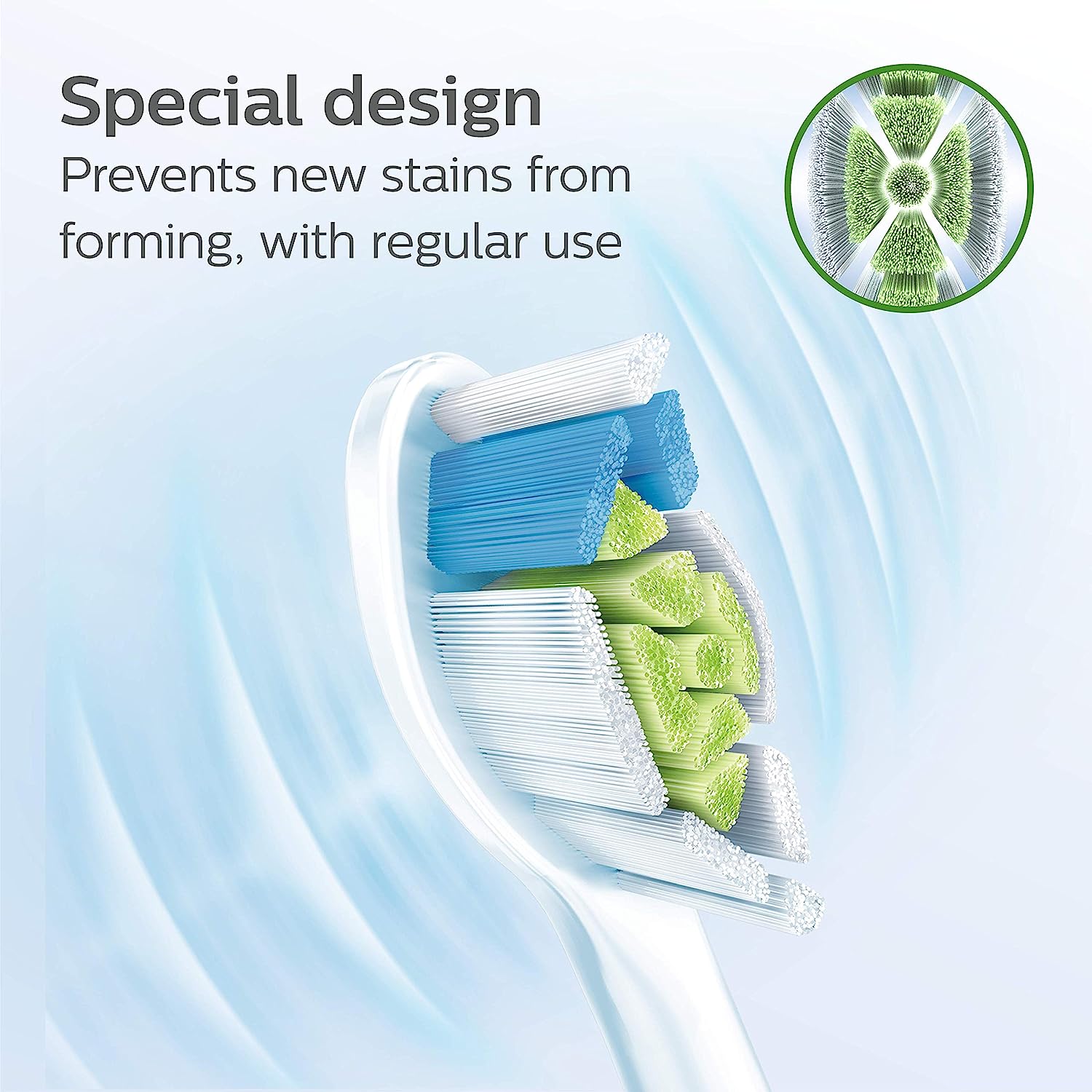
Choosing the Right Electric Toothbrush for Your Needs
With so many options on the market, selecting the best electric toothbrush can feel overwhelming. Here are some key features to consider:
- Oscillating vs. Sonic Technology: Oscillating toothbrushes use circular motions, while sonic toothbrushes use high-frequency vibrations. Both types effectively remove plaque, but sonic brushes are often preferred for their gentleness on gums.
- Built-In Timer: A timer ensures that you brush for the recommended two minutes, improving brushing habits.
- Pressure Sensor: Some models have sensors that alert you when you’re brushing too hard, preventing damage to gums and enamel.
- Adjustable Intensity Settings: Brushes with variable intensity can be ideal for people with sensitive teeth or gums.
- Battery Life: A longer-lasting battery is useful for frequent travelers.
- Price and Budget: Electric toothbrushes range from affordable to high-end models. Choose one that fits your budget while meeting your needs.
By considering these factors, you can choose the right type of electric toothbrush for your needs and improve your oral hygiene. Remember to replace the brush head regularly and use your electric toothbrush twice a day, every day, for optimal results.
Our Top Electric Toothbrush Recommendations
With so many options on the market, it can be overwhelming to choose the right electric toothbrush. Here are our recommendations based on factors such as effectiveness, features, and price:
The Philips Sonicare Protectiveclean 6100 offers powerful cleaning at a reasonable price. With up to 62,000 brush movements per minute, it effectively removes plaque and promotes gum health. Key features include a pressure sensor, three intensity levels, three brushing modes (Clean, White, and Gum Care), and BrushSync technology that tracks brush head usage.
The ProtectiveClean 6100 has a long battery life, a sleek design, and comes with a travel case. It’s a versatile and effective choice for those seeking value in an electric toothbrush.
The Philips Sonicare for Kids is specially designed to encourage children to brush regularly and correctly. This brush features kid-friendly colors, gentle sonic technology, and two different brush head sizes to suit various age groups. The KidTimer and KidPacer features help children brush each area of their mouth for the right amount of time.
Plus, it connects to a companion app with fun games and rewards, motivating children to build good oral care habits.
Alternatives to Using an Electric Toothbrush
If an electric toothbrush isn’t for you, consider these alternatives:
- Manual Toothbrush: A traditional manual toothbrush with soft bristles can still effectively clean teeth when used with proper technique.
- Interdental Brushes and Flossers: These tools help remove plaque between teeth and along the gum line.
- Water Flossers: Water flossers are especially helpful for those with braces or dental work, as they remove food particles in hard-to-reach places.
Remember, the key to good oral hygiene is consistency. Whatever method you choose, make sure to brush and floss regularly and visit your dentist for routine checkups and cleanings.

